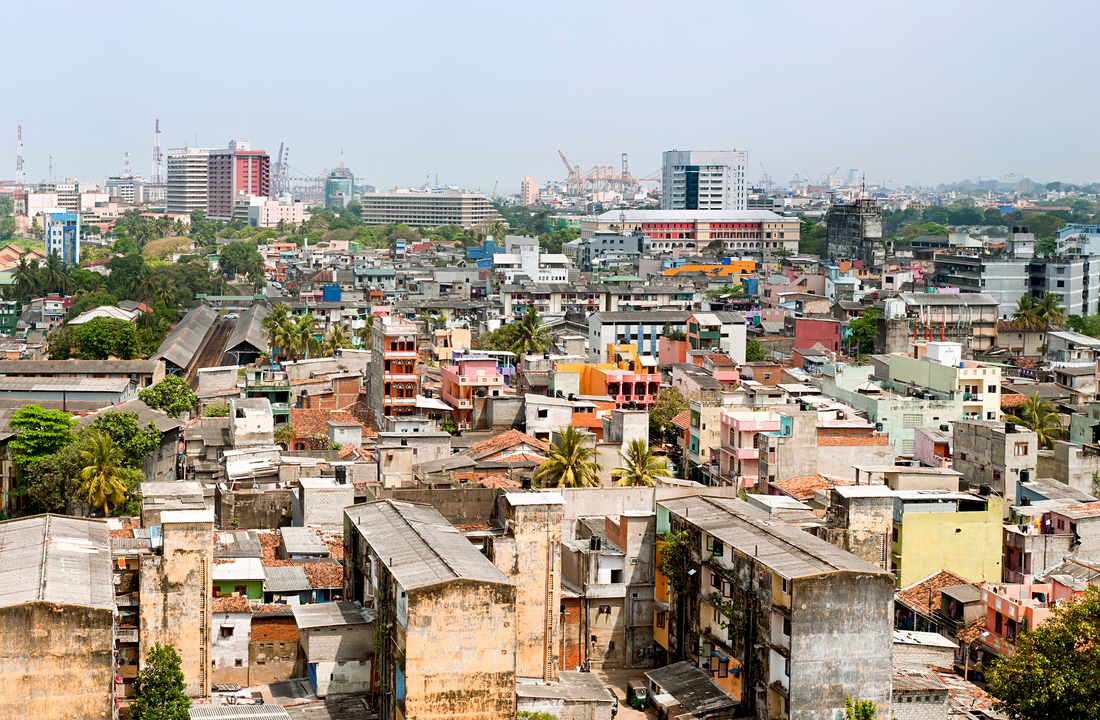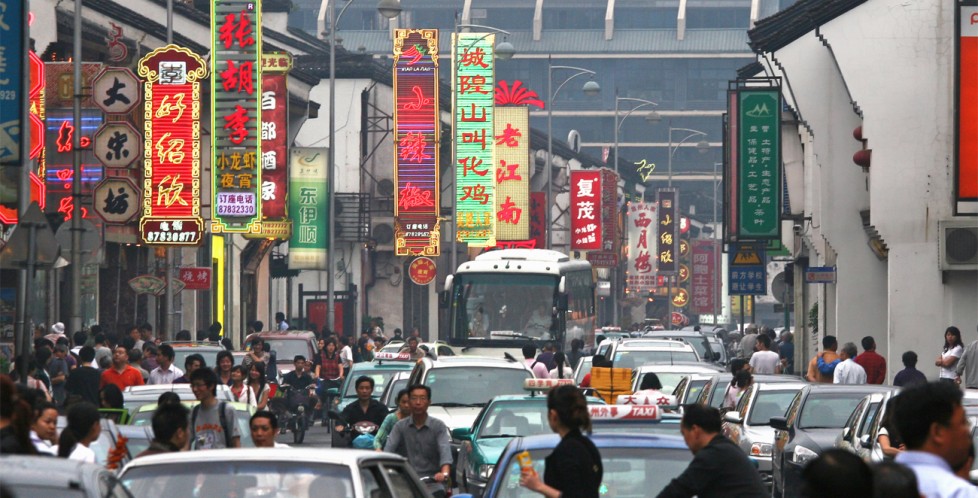Economic growth rate is understood to be the most significant sign of global well being. Nearly every single international organization looks at economic growth expectations in order to predict global economic trends.
Unfortunately, 2016’s global economic growth predictions were not the most promising, and pose many concerns to those following the numbers. The World Bank released a throughout report in June 2016 about the global economic prospects. In this report, they specified that global growth should be at 2.4% in 2016. However in January, they had predicted for 2.9% growth, and therefore they did not see the improvements hoped for.
These reductions in economic growth have to do with the fact that emerging market and developing economies are not managing to adapt to lower oil prices, as well as other vital commodities, which is 40% of what is expected for growth.
 The World Bank Group President Jim Yong Kim, explained that “This sluggish growth underscores why it’s critically important for countries to pursue policies that will boost economic growth and improve the lives of those living in extreme poverty. Economic growth remains the most important driver of poverty reduction, and that’s why we’re very concerned that growth is slowing sharply in commodity-exporting developing countries due to depressed commodity prices.”
The World Bank Group President Jim Yong Kim, explained that “This sluggish growth underscores why it’s critically important for countries to pursue policies that will boost economic growth and improve the lives of those living in extreme poverty. Economic growth remains the most important driver of poverty reduction, and that’s why we’re very concerned that growth is slowing sharply in commodity-exporting developing countries due to depressed commodity prices.”
The world is forecasted to grow at approximately 3%, however predictions believe that China will expand its economy at 6.7% in 2016. India as well had very promising expected increases, with 7.6% forecasted. Together the East Asia and Pacific region is supposed to grow at 6.3%, while in China the growth is lower, at a 4.8% predicted.
This view believes that there will be a slowdown in China, but there will be growth in the rest of the region due to more investments in large economies, such as Indonesia, Malaysia and Thailand, as well as high consumption due to the low costs.
In South Asia the region is expected to grow at 7.1% in the year. The World Bank believes that most South Asian economies have actually been at an advantage due to the lower oil prices and low inflation.

The economies of the Middle East and North Africa are growing, with a predicted 2.9% in 2016. The main cause of this improvement is believed to be a recovery in Iran, following the lifting of sanctions in January. Furthermore, an improvement in oil prices in 2017 is expected to help recover regional growth to 3.5%. Sub Saharan Africa also is planning on seeing 2.5% growth, however this is lower than 2015 forecasts due to low prices, weak globally activity and financial conditions.
In Eastern Europe and Central Asia, things are moving rather well. There are certain existing geopolitical concerns that need to be taken into consideration when making predictions, such as violence in eastern Ukraine and the Caucasus, as well as terror attacks in Turkey. Although their low 1.2% expected growth rate can also be explained to the recession of the Russian economy. With Russia out of the picture, the region is planned to grow at 2.9%.
The economies of LATAM and the Caribbean are unfortunately declining, rather than even a small growth. The Latin American and Caribbean region are predicted to have a 1.3%, making for two years of a consecutive recession. Although thankfully in 2017, the region is predicted to grow by 2% by 2018.
South America on it’s own is believed to have a 2.8% decline this year, but has potential to recover in 2017. Brazil is also believed to experience a 4% decline, and even more in 2017, due to tighter policies, higher unemployment, lower wages, as well as political uncertainty.
While the Mexican and Central American sub-regions are thought to grow at 2.7% because of positive economic relations with the United States, as well as strong exports.

Overall, commodity-importing emerging markets, as well as developing economies have been stronger than exporters. However the advantages of lower energy prices as well as other commodities have been fairly slow. These specific economies are predicted to grow at 5.8% in 2016, a very slight decrease from the 2015 estimated growth rate. This can be explained by low energy prices, as well as the small recovery in advanced economies has supported economic activity.
As Kaushik Basu, the World Bank Chief Economist and Senior Vice President, commented, “As advanced economies struggle to gain traction, most economies in South and East Asia are growing solidly, as are commodity-importing emerging economies around the world. However, one development that bears caution is the rapid rise of private debt in several emerging and developing economies. In the wake of a borrowing boom, it is not uncommon to find non-performing bank loans, as a share of gross loans, to quadruple.”
